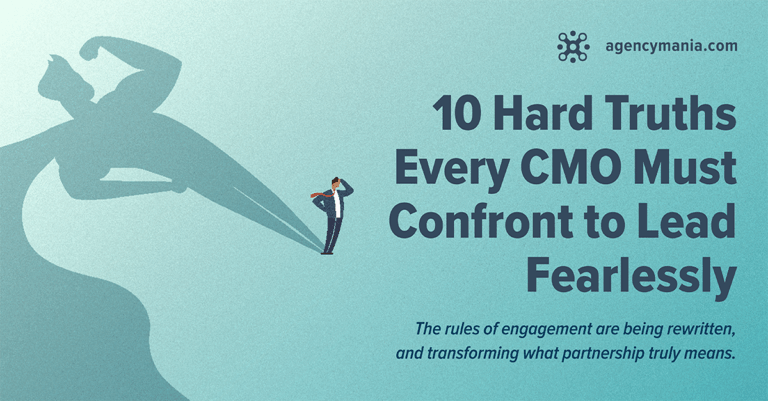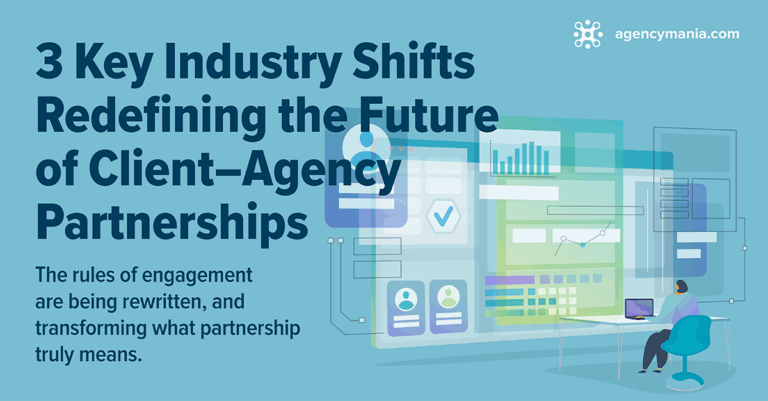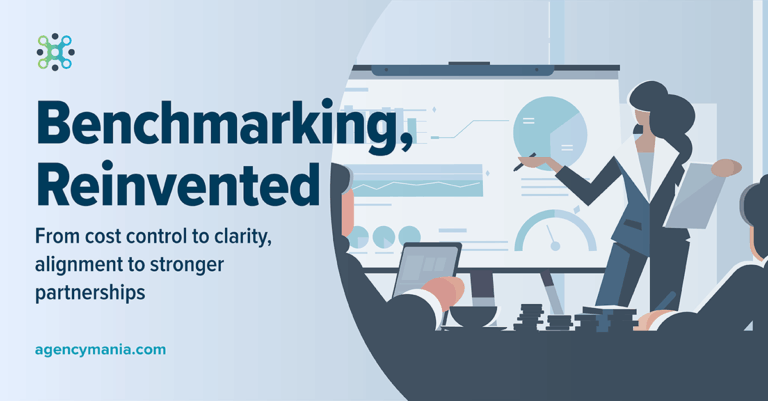
If advertisers are from Mars and agencies from Venus, how can they get along? Five ways for advertisers and their agencies to overcome common relationship struggles that get in the way of effective collaboration.
Author/Speaker, Thought-provocateur, Client/Agency Guru, Entrepreneur, Innovator
Download a print-friendly version here
In his famous book Men Are from Mars, Women Are from Venus, American author and relationship counselor John Gray argues that most common relationship problems between men and women are a result of fundamental psychological differences between the sexes. The book received major accolades with over 50 million copies sold. It also spent over 120 weeks on the bestseller list, per CNN. It clearly struck a chord.
Well, if men and women are from different worlds (a point painfully difficult to contest), then it could be that advertisers and agencies are also from distinct planets. At times, it seems as if they are light years away in terms of expectations and operating models, making it difficult for them to get along and collaborate effectively. It’s not necessarily a bad thing: advertisers and agencies are supposed to be different, and only by acknowledging and embracing these differences can they get the best from each other. As Gray eloquently put it, “Without the awareness that we are supposed to be different, we are at odds with each other.”
Advertisers are indeed from Mars, and here is why:
- They often expect agencies to think, communicate, and behave like advertisers do;
- They often undervalue the importance of clear guidance and communication;
- They often demand a lot, but tend to forget that they must give in equal amounts;
- They often expect loyalty, but struggle to return the favor.
Agencies are indeed from Venus and here is why:
- They often treasure the work they do more than the outcomes it produces;
- They often underestimate the complexity and nuances their clients face daily;
- They often struggle to manage their client budgets as if they were their own;
- They often take the path of least resistance instead of challenging clients.
The lists above are a small sample of the many differences between clients and agencies. In the articles How to Drive Your Client Mad and How to Drive Your Agency Crazy, I listed the many other ways both parties push each other’s buttons. However, there are ways these two worlds can come together, overcome relationship struggles, and produce amazing work. As a matter of fact, there are five essential habits both must create:
1. Be transparent about your expectations from the relationship: Many relationships fail because expectations were never articulated or shared openly. An agency may accept to enter a project-based relationship with the hidden expectation to turn it into a retained relationship, knowing that it’s not perfectly set up or staffed to support project work. A client might be unwilling to take creative risks, always playing it safe, despite continuously asking for innovative, breakthrough ideas from the agency.
2. Articulate client goals clearly so agencies can make them their own: Agencies understand the importance of adopting their client goals as their own to ensure complete alignment. Yet too many clients provide vague guidance during the annual scoping and project input briefing process, forcing agencies to guess (and take great risks) or requiring them to waste time and effort to fill the blanks.
3. Provide effective onboarding and training to all: Agencies and advertisers have established and refined their own internal processes over time, learning what works and what doesn’t. To work well together, they must quickly adopt each other’s best practices, and understand the hand-offs. Building robust onboarding and training resources speeds up compliance and boosts productivity for existing team members as well as new ones.
4. Provide regular, timely feedback to fine-tune the relationship and improve the work: No relationship can survive the absence of honest, direct, and constructive feedback. Most relationships fail from lacking adequate structure or timely conversation about improvement areas in the partnership. While most clients set up an annual or bi-annual reciprocal evaluation process, they could benefit from real-time feedback, allowing for immediate course correction, if they adopt streamlined and automated procedures.
5. Focus on what matters most (right KPIs) and ensure mutual accountability: Although clients and agencies may keep score differently or value different outcomes, they must align behind a set of clear, tangible KPIs they both embrace and use to measure the performance of their work. Together, they must win or fail, which is the true essence of partnership. Ultimately, the work must produce measurable business outcomes that contribute to the company’s growth and financial performance.
As they orbit around customer audiences, both Venusians (agencies) and Martians (advertisers) must push to leverage the unique ambitions, characteristics, and subject matter expertise they bring to the table. When they do, the work is simply more impactful to its audience as well as more effective and easier to produce. Agility and collaboration are and must remain the centers of gravity of any successful, long-term relationship. Agencies may occasionally ask clients for space to think creatively, come up with out of the box ideas, and push the envelope. By giving their agencies enough autonomy to deliver their best work, advertisers are being smart stewards of the relationship.






